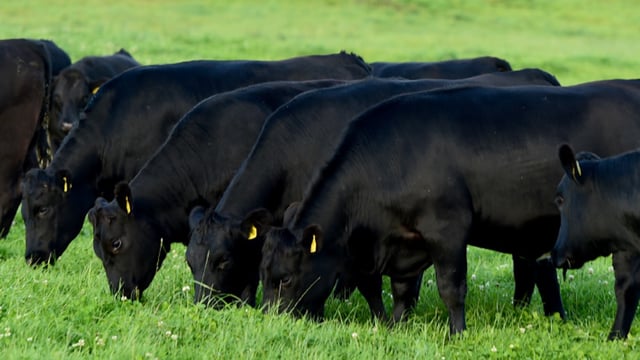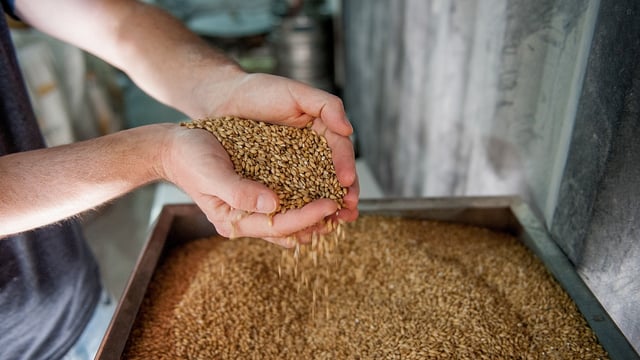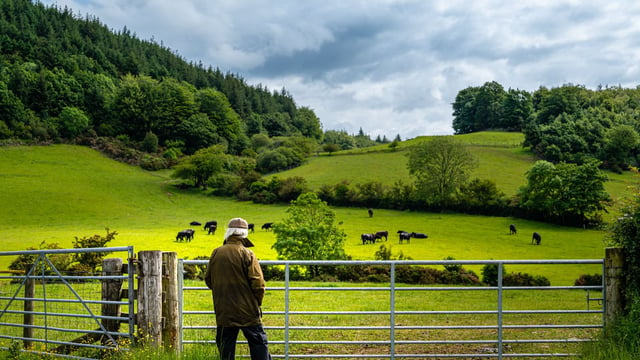Reduce thermoduric counts with cow hygiene & washing
It's hectic at this time of year, with cows calving and calves needing attention. The chaotic scenes can cause an increase in thermoduric counts if proper wash routines and hygiene in and out of the shed begin to get neglected.
Thermoduric bacteria are heat resistant bacteria in milk that are able to survive the pasturisation process. They can have significant implications on the quality and type of products that can be produced from milk.
The most effective way of reducing the number of thermoduric bacteria is to limit the bacteria at farm level, followed by a proper washing routine of the milking plant and the bulk tank.
Thermoduric bacteria can spike at this time of the year, as more cows are calving down, bedding is beginning to build up, and there is a lot happening in the milking parlour.
Cows in the spring spend a lot of time in cubicles and when the opportunity of grazing comes about, it can often be in tricky and wet conditions which causes cows to be contaminated with soil and faeces.
Thermoduric bacteria are present in dung, soil, and animal bedding, and can enter the milking equipment through dirty teat at milking time.
The risk of higher thermoduric readings will remain until conditions get drier and more favourable for grazing and until the cows can be out at grass on a full-time basis.
Steps to control your thermoduric levels on the farm are as follows:
- The main thing is keeping the cow’s environment clean, particularly yards and roadways;
- Change liners and rubberware in parlour before they deteriorate;
- Descale the milking machine regularly, at least once a week;
- Ensure detergents are at the correct concentrations;
- Check the cleaning of the milking machine and bulk tank, making sure no residue is visible;
- Disinfect the milking machine with paracetic acid as the final rinse;
- Make sure you are using a clean filter sock during washing;
- Ensure your hot water is at a sufficient temperature of 75-80°C;
- Ensure that all units are washing correctly.
According to Teagasc, many problems with high total bacteria count (TBC) or thermodurics are caused by inadequate levels of detergent being used for washing.
This is likely to happen when automatic washing systems have not been checked for some time, allowing lines and detergent levels to go astray.
Farmers must stay alert when it comes to detergent and washing, making sure the drums of detergent are replaced before they run out.
All of the milking equipment must be checked consistently to ensure it is running to a high standard, as quite often, worn rubbers and liners can cause a sharp spike in thermoduric bacteria counts.
Milking operators should ideally be wearing gloves and wash them regularly throughout milking to stop infection from spreading.
As cows calve down, it is good practice to clip their tail and their udder hairs as it will reduce the bacteria load around the teat and improve cow hygiene.





